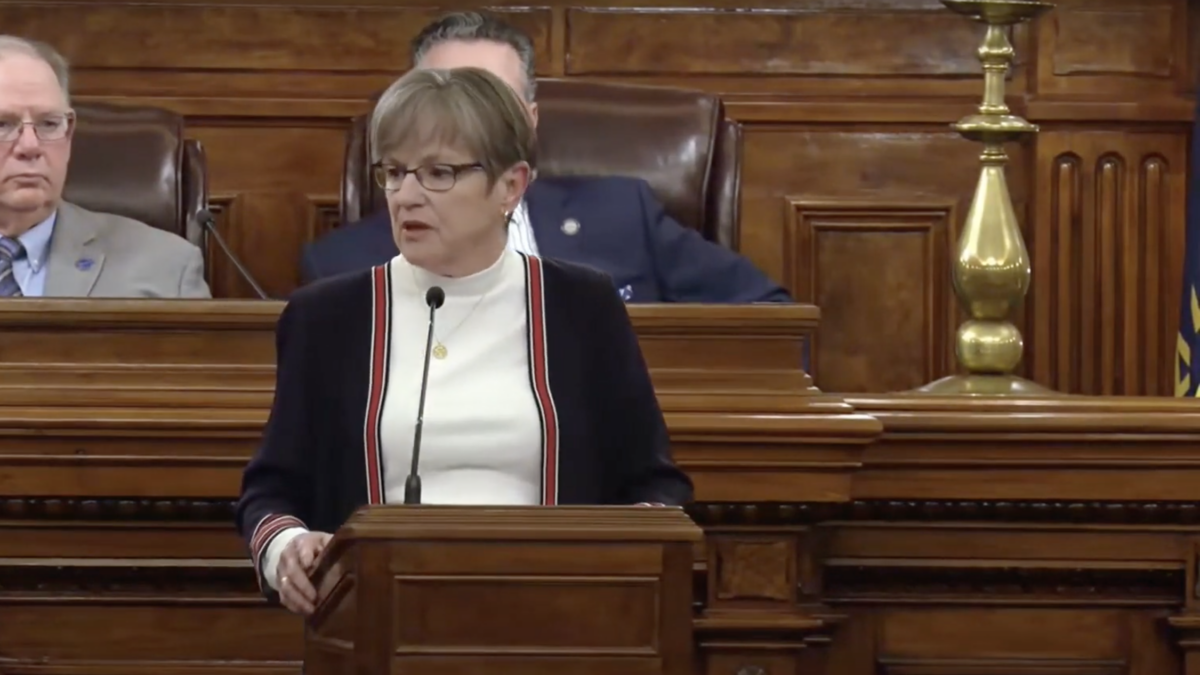
The evolution of gender identity has outgrown the transgender movement, and conservatives and trans activists are struggling to keep up. Jesse Singal’s article in The Atlantic titled, “When Children Say They’re Trans,” provides a powerful window into this reality, as does the reaction.
On the surface, many on the Right responded very well to the article, which details the struggles of many young people who began transitioning in their early teens and later changed their self-perception. In response, many on the Left, especially trans activists, responded with extreme outrage and hostility. As captured in a Twitter thread by a feminist account named 4thWaveNow, the immediate reaction to Singal’s article involved an incredible amount of profanity and anger. One activist demanded that only trans people should tell trans stories, although the author presented trans individuals sharing their personal journeys. Well-known trans activist Riley J. Dennis referred to the article as “transphobic garbage.”
The article itself is exceptionally balanced and thoughtful, presenting difficult and very painful personal stories with care and respect. Singal is protective of his subjects and their stories and at no time indicates any form of malice or disapproval toward the trans community. In fact, while reading through each story one benefits from his gentle approach to describing and understanding core concepts within transgender theory. It is a remarkably beautiful piece. The problem, it seems, is that his work may have opened a door trans activists and the LGBT community would prefer stayed closed.
Critically, the piece is neutral, merely retelling the stories as his subjects see them. But their words give us insight into the experience of a young person struggling with who they are or who they may become. One subject, Claire who began this journey at age 12, tells us that after she discovered highly positive trans-affirmative videos on YouTube, she thought, “Maybe the reason I’m uncomfortable with my body is I’m supposed to be a guy.” She just wanted to “stop feeling bad” and believed that once she introduced testosterone into her body she would feel better.
Claire’s mother was supportive but cautious: “Most of the resources she found for parents of a gender-dysphoric child told her that if her daughter said she was trans, she was trans. If her daughter said she needed hormones, [Her mother’s] responsibility was to help her get on hormones. The most important thing she could do was affirm her daughter, which [her parents] interpreted as meaning they should agree with her declarations that she was transgender. Even if they weren’t so certain.”
After Claire began living as a boy without medical intervention, she one day looked in the mirror and saw an intensely unhappy person looking back at her. “It was kind of sudden when I thought: You know, maybe this isn’t the right answer—maybe it’s something else,” Claire told me. “But it took a while to actually set in that yes, I was definitely a girl.” Other young girls in the article faced more serious consequences once testosterone was introduced into their system, like Max, who now has permanent male characteristics even after she changed her identity back to female.
Trans activists have shown an intense intolerance towards those who initially felt they were transgender and then later changed their mind, including many who underwent physical transitions in the process. They often quote a very small percentage, 2.2 percent, of trans individuals regretting transition. But as Singal points out, this percentage is based on individuals who fully transitioned and legally changed their gender only to attempt to reverse the process. According to Toronto Sexuality Center Director Dr. James Cantor, 12 studies ranging from 1972 to 2013 followed transgender individuals and collectively found that between 60 percent and 90 percent of trans adolescents ceased identifying as trans into adulthood. The truth is likely somewhere in between.
Because trans activists are so determined to dismiss and debunk the notion of people regretting their transition, even going so far as to call it a myth, it becomes difficult to fully understand the scope of the issue. Without hormone therapy or physical surgery, a young person who resolves their gender dysphoria on their own may never be counted. From the LGBT mindset, there is only one answer to this question and that is full and complete acceptance and affirmation of transgender identity. But their own self-regulating dogma has blinded them to the realities of the growing gender fluidity movement. By insisting that transgender therapy rely on medical intervention, the trans movement undermines its own evolution on what gender identity is.
In this, conservatives may also reevaluate our understanding of gender identity and sexuality. The gender movement is often absurd, and the hostility and aggressiveness turn us off to any persuasive arguments on their behalf. We have come to respond exclusively to transgender authoritarianism with, “There are only two genders.” We do not separate gender and sex and recognize the biological reality of binary sex in our species. But in doing so we miss an opportunity to appreciate what the transgender community, at its core, is trying to tell us.
I understand gender dysphoria because I experienced it myself. As a young child and well into my late teens and early 20’s I felt a distinct discomfort in my own body and certainly in my gender. I believed I was female and that transition would be the only way to experience peace in who I was. And while I have aligned my gender to my sex and am comfortable as a male, I cannot easily articulate what “feeling like a boy” means. In truth, I can only imagine what other men must feel like based on social cues, entertainment and observation, but I can never be sure. In the same way, as a child I could only imagine what feeling like a girl was like based on those same criteria.
Sex is biological, and we have two sexes. But gender is not so easy to define and for some, impossible to understand for themselves. What we are seeing today is a movement of endless possibility and self-customization online that fuels creativity in young people who suffer from insecurity and long for a strong identity.
Transgenderism as it has traditionally been applied requires a strict gender binary in which one is either male or female. It assumes that the intellectual and emotional experience of gender is firm and based exclusively on physical characteristics. Singal’s brilliant discussion helps illustrate this perfectly. While trans activists may view his piece as an attack on the validity of what being transgender means, he is more accurately validating their experience through contrast. By limiting themselves to binary physical characteristics, the trans movement shackles itself to a gender worldview they so desperately want to break free from.
The trans movement has resorted to responding to such insight with accusations of ignorance and bigotry, but their intolerance demonstrates their greatest insecurity. The existence of individuals who ceased being transgender should not threaten them or their worldview, and there should be room for evaluating the methodology regarding beginning transition in childhood based on potentially temporary feelings. These stories matter, and it does nothing but harm the transgender movement to dismiss them with hostility.
From the conservative side of the argument, I think it is important for us to recognize that gender identity is something that has become a part of our social consciousness and the individual desire for uniqueness is not going to dissipate. Rejecting wholesale, the idea that gender can be confusing and difficult to define will only exclude our voice from the conversation. We have a unique opportunity to genuinely protect the future of many children by recognizing their struggle with compassion, while working to prevent overzealous adults from permanently scarring them, both physically and emotionally.
Singal’s extensive review of the current state should be read and appreciated as it provides us an important insight into what is happening to so many children in our society. We have largely remained outside the argument, merely commenting with appalled dismissal. But a generation of young people is facing permanent physical scarring, sterilization, and emotional abuse based on a singular and powerful political voice.
Ideally, we would not care how adults choose to express themselves and if they chose to transition it would be their choice alone. But we must find a balanced and agreed upon way to allow children and adolescents searching for their identity to do so safely. Gender dysphoria will only increase, and the conservative movement needs an answer that is both compassionate and rational.
The stories of those, like myself, who were drawn to find resolution in personal insecurity and social isolation from our peers are an important window into how our society understands gender. Those who followed the transgender path, trusted the experts and medical authorities, and hoped their experience would mirror the glamorized images they saw online, only to still feel lost, should be heard. The aggressive and loud objection from trans activists should be rejected in kind. Transgender transition must be an adult decision and children must be able to find who they are without social coercion to change everything about themselves.









